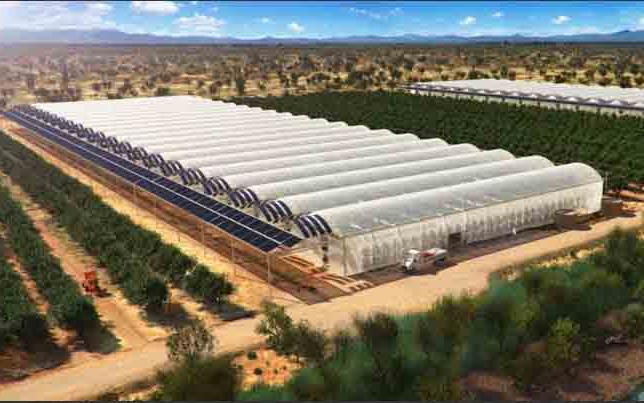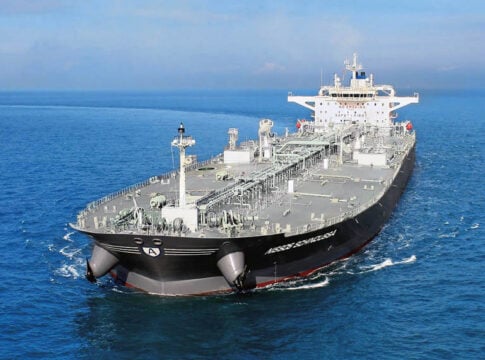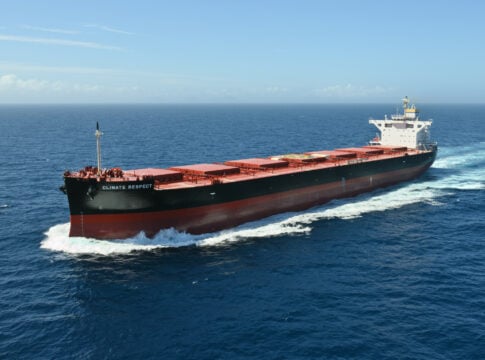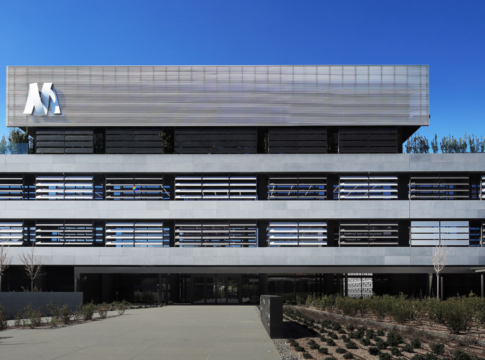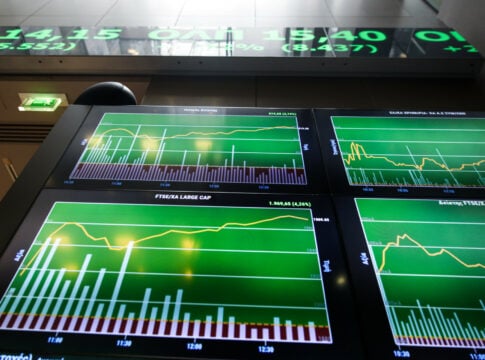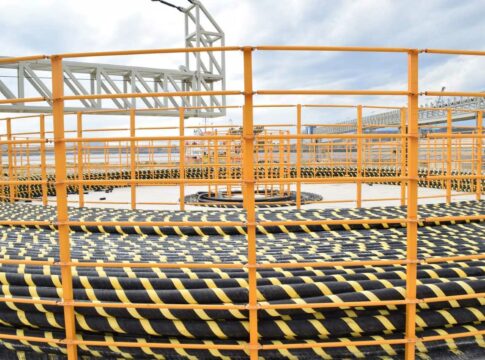A significant part of the surplus value in the primary sector is lost due to the limited exploitation of the domestic climate in the direction of the expansion of greenhouse cultivation.
The Managing Director of Intelligent Green Corps, Konstantinos Filippidis, stated during a press conference that “Greece is 20 years behind in terms of greenhouse agriculture when neighboring Turkey – which started operating in this sector at the same time with Greece – shows enormous potential in greenhouse cultivation while strategically investing in this field with the support of the state.”
He explained that both Greece and Turkey entered the sector more substantially in 2000. In the domestic market, greenhouse cultivation is estimated to have grown to around 5–6 hectares and has maintained this momentum ever since. Of these, only 0.15-0.20 hectares are estimated to be high-tech units. On the contrary, Turkey has expanded to about 8 hectares, the majority of which are high-tech.
High-tech units mean that they contain an electronic climate and lubrication management system.
To this end, Turkey is also developing a coordinated policy, even proceeding with the promotion of a geothermal spatial plan in order to provide cheap heating as an additional incentive to investors.
It should be noted that the basic operating costs in greenhouse cultivation concern thermal and electrical energy.
“In Greece we could take advantage of the climate and become dominant in the Balkans in agricultural products of high-tech greenhouse agriculture,” Filippidis pointed out, adding that “unfortunately at the moment the existing greenhouses are very few compared to European countries that do not even have the advantage of Greece’s warm climate, while the number of high-tech units is minimal.”


